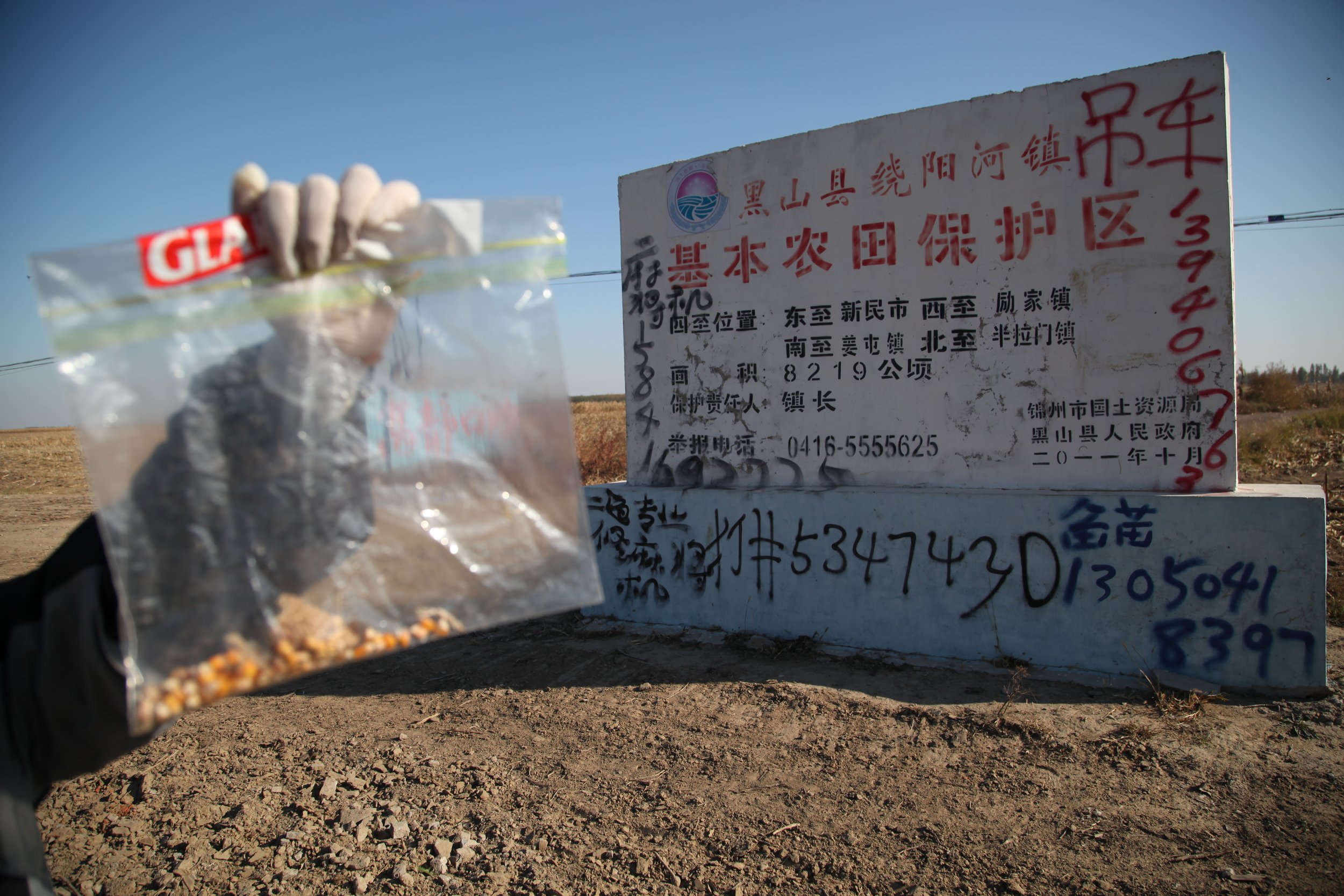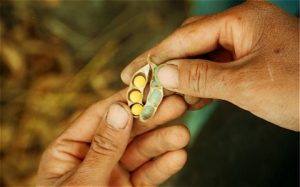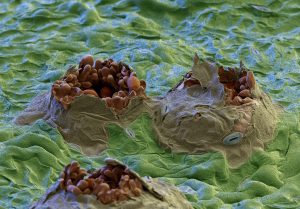Illegal, genetically modified (GM) corn has been discovered growing in 93% of samples taken from fields in Liaoning province, part of China's breadbasket.
According to a new report by environmental non-profit Greenpeace, it is not known how the grain entered the country, which raises questions about the security of China's food supply.
GM corn and GM corn products are already on the market in China, ending up on dinner tables around the country, in direct violation of national agricultural laws.
“Given the grave lack of current oversight, China should postpone commercialisation of GM grain crops, particularly corn, soybeans and rice,” said Li Yifang, Greenpeace’s head of food and agriculture campaigns at a Greenpeace press conference on January 6.
GM crops are plants whose DNA has been modified using genetic engineering techniques to make them more resistant to pests and herbicides. The threat of GM crops to human health is still a question of international debate.
Tong Pingya, a researcher at the Chinese Academy of Agricultural Sciences’s Institute of Crop Sciences told chinadialogue:
“The reason there is such a large area of illegal GM corn is that this has been going on in Liaoning for a decade, regulation has been lacking,”
The corn expert added that the evidence found by Greenpeace was conclusive but it was disappointing that the source of the seeds had not been uncovered.
Between May and December 2015, Greenpeace made seven visits to corn-growing areas of Liaoning and took samples from seed supplies, fields, grain silos and retail outlets. The samples were sent to a qualified third-party laboratory to be tested for GM material.
The results showed that 93% of corn taken from fields was genetically modified; while 95% of corn products taken from supermarkets and wholesalers were found to have GM corn content. The strains of GM corn that were found match those patented by agricultural bio-tech corporations, such as Monsanto, Syngenta, Dupont Pioneer and Dow.
China, a ripe market for GM crop sellers, has not yet decided on its regulatory position towards genetically altered seeds. Currently, the country permits commercial planting of only two GM crops, cotton and papaya. The GM corn crops in Liaoning are therefore illegal.
In telephone conversations with seed makers and merchants, Greenpeace found most were unaware of the issue and unconcerned, and that in general, the management of operations and seed sales are lax.
Information on seed packaging indicated that most of the illegal GM corn seeds were produced in the northwestern provinces of Gansu and Xinjiang – both important seed production centres.
“This very likely means seed-growing areas and traditional seed stocks are contaminated,” warned Mr Li.
Luo Yunbo, head of the College of Food Science and Nutritional Engineering at the China Agricultural University and an advocate of GM crops, declined to comment, telling chinadialogue he had not seen the Greenpeace report.
Wang Ye, a Greenpeace spokesman, said that the problem could be far more widespread than this investigation suggests.
“At the Liaoxi Grain Market we purchased a sample of ‘waxy corn’, which the merchant told us came from Jilin. GM contamination was also found in that sample,” he said.
Liaoning is China’s third biggest producer of corn. Liaoning and neighbouring Heilongjiang, Jilin and Inner Mongolia combined grow about 44% of the country’s corn.
Genetic drift
The report said there are many potential negative consequences of growing GM corn on such a large scale. First, 'genetic drift' can result in the pollution of nearby corn fields, threatening natural crop cultivation.
Second, ethically, the illicit sale of GM crops infringes on the public’s right to know what they are consuming, which brings potential health risks. Finally, the use of the GM corn violates multiple international patents.
One of the patent holders, US hybrid seed producer DuPont Pioneer, said in response to a Reuters enquiry that the company would not breach Chinese law by selling GM seeds and that it was unable to speculate on the source of the seeds.
Investigation
Liaoning’s provincial agricultural authorities have sent a report to the provincial government which is expected to prompt an official investigation.
But Chinese scientists worry that the local government will downplay the matter, as has happened before.
In 2015 CCTV, a state TV news channel, revealed that GM rice was being illegally planted in the city of Wuhan. The Ministry of Agriculture ordered the local government to investigate. It identified two areas of GM rice crops, resulting in 2 acres (11 mu) of farmland being burned in order to assuage public anger.
“A similar outcome is likely in Liaoning. A real investigation will need an investigation team to be dispatched by the central government,” said Mr Tong.







